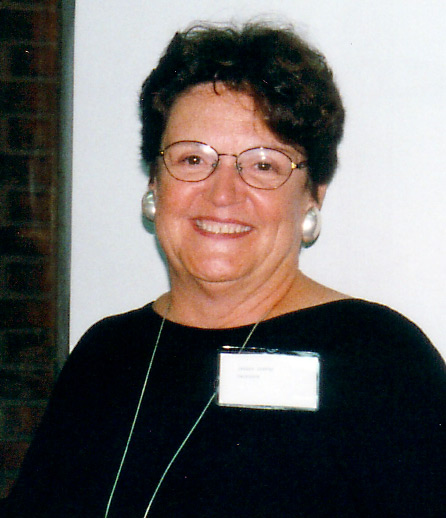 |
 |
 |
||||||||||||||
In Loving Memory of Professor Janeen Kerper
Creative Problem Solving and the Law: Two Working Definitions
Janeen Kerper, Professor at California Western School of Law **
Today many in the legal profession are paying lip-service to the concept of lawyers and judges as problem solvers. Yet the concept has met with mixed reactions. The general public seems to think it’s a good idea, but doesn’t quite know what it is. Lawyers and judges on the other hand tend to make two rather inconsistent claims. First they claim that it doesn’t exist. Phrases like “all sizzle, no steak” and “empty sloganeering” are frequent lawyer reactions to the concept of law as creative problem solving. Ironically, at the same time, lawyers and judges will claim that creative problem solving is nothing new, and they have been doing it forever. If the latter assertion is true, it would seem worthwhile to at least attempt a description of what it is that lawyers are doing to solve problems creatively. Nonetheless, the task of defining creative problem solving in the law must be approached cautiously. One of lawyers’ worst defects is their mania to define everything, no matter how indefinable. And the insistence on definition can stifle creative interpretations of the law. It can also produce absurd results. For example, in February 2000 CBS radio carried a story about two Tennessee legislators who felt compelled to define the term “breakfast” as “the first meal of the day, commonly taken in the morning which must include coffee, juice and items from at least two of three categories: eggs, breakfast meat and breakfast bread.” Breakfast bread was further defined to include toast, bagels, pastries and cereal. Breakfast meats were defined to include bacon, sausage, ham and steak, and to exclude prepackaged items, hot dogs hamburgers, pizza and other items not customarily served as breakfast. The conclusion of the article stated: “Everybody knows what you mean by breakfast, but by the time the lawyers and politicians finish defining their terms, you’re not so sure anymore.” . Similarly, most lay people seem to understand immediately the concept of creative problem solving in the law, and to perceive the need for it, but they want to know more about it. Most lawyers and judges on the other hand are immediately skeptical and demand to know what it is and how it is defined. Lawyers forget that they speak daily about such abstractions as law, justice, fairness and equity without stopping to define them, but Creative Problem Solving is new and it sounds New-Agey. Since it has no obvious precedent, lawyers, judges and legal educators are immediately suspicious of it. Unless it is defined for them, they dismiss it--as did one law school professor: “Sounds like smoke in a barrel to me”, he said. Thus, despite my initial fear that definition might stifle the very creativity we seek to foster, I have found it useful to formulate descriptions of the process of creative problem solving both for the lay public and for the legal profession. I propose to share these definitions in this article in the hope that it will help further our dialogue with the general public, with fellow practitioners and academic colleagues. I shall begin by setting out my two definitions and describing some of the more significant influences on my thinking. I shall then explicate my definitions by stating what I believe creative problem solving in the law is not. I will then elaborate on my definitions by describing what I believe it is, followed by some concrete examples of creative problem solving in our courts and law practices. I will conclude with a discussion of the impact these definitions have had on legal education at California Western School of Law where I teach. . In this article I propose two tentative working definitions of creative problem solving in the law. The first is a short and simple definition intended for the lay public. The second is more technical and is intended for lawyers, legislators and judges. In many ways, the latter is not a definition at all, but a process description. This is only appropriate since creative problem solving is not a thing or a static concept, but a dynamic process. Here are my two definitions: |
copyright 2012 CWSL all rights reserved
